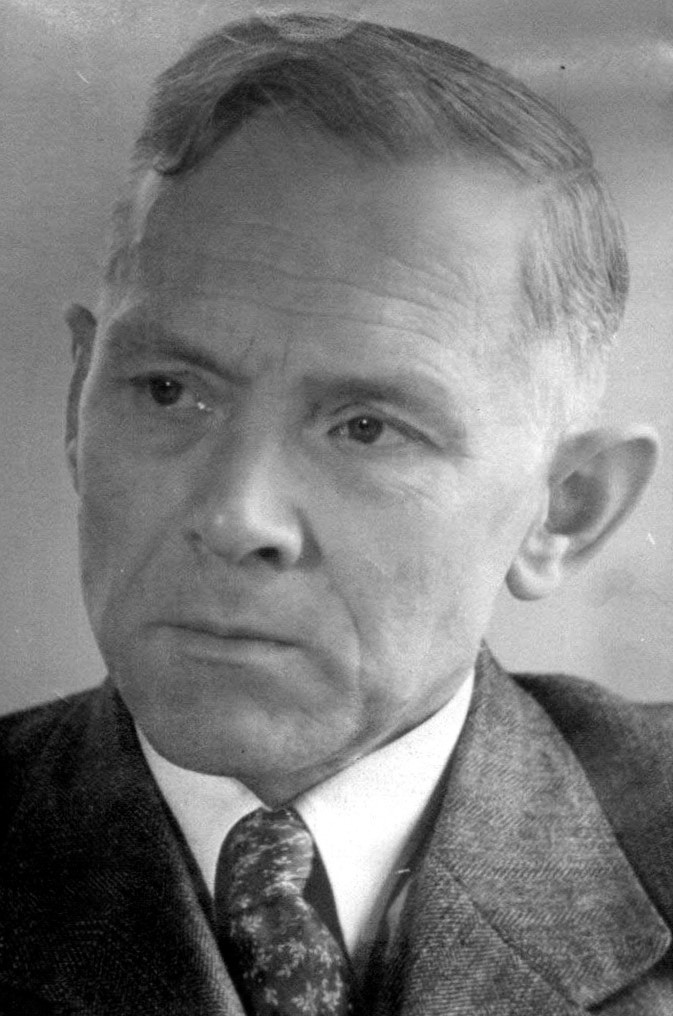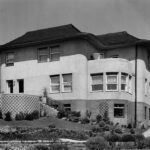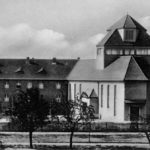Wilhelm Ulrich
(1890-1971)was born in Pfungstadt near Darmstadt. After the First World War, from 1919 to 1921, he was the director of urban development in Munich. After getting married in 1921, he moved to Halle (Saale), where he worked in the office of his uncle, Gustav Wolff. He continued to run the office after his uncle’s death until it was closed in 1939. In Halle (Saale), Wilhelm Ulrich did not only work on administrative buildings and estate architecture, his particular interest lay in the hexagon as an element of the New Objectivity. He first tested this form on his own home, the so-called house Of the seven honeycombs, which is located on Ratswerder 7 in Halle (Saale). Another, very impressive example of this form of architecture is the parish church Zur Heiligsten Dreieinigkeit on Lauchstädter Straße in the southern part of the city. His work for Jewish clients and his intellectual commitment prevented him from receiving support from the NS-dictatorship and he only succeeded a moderate new start in his hometown of Pfungstadt after the Second World War.




